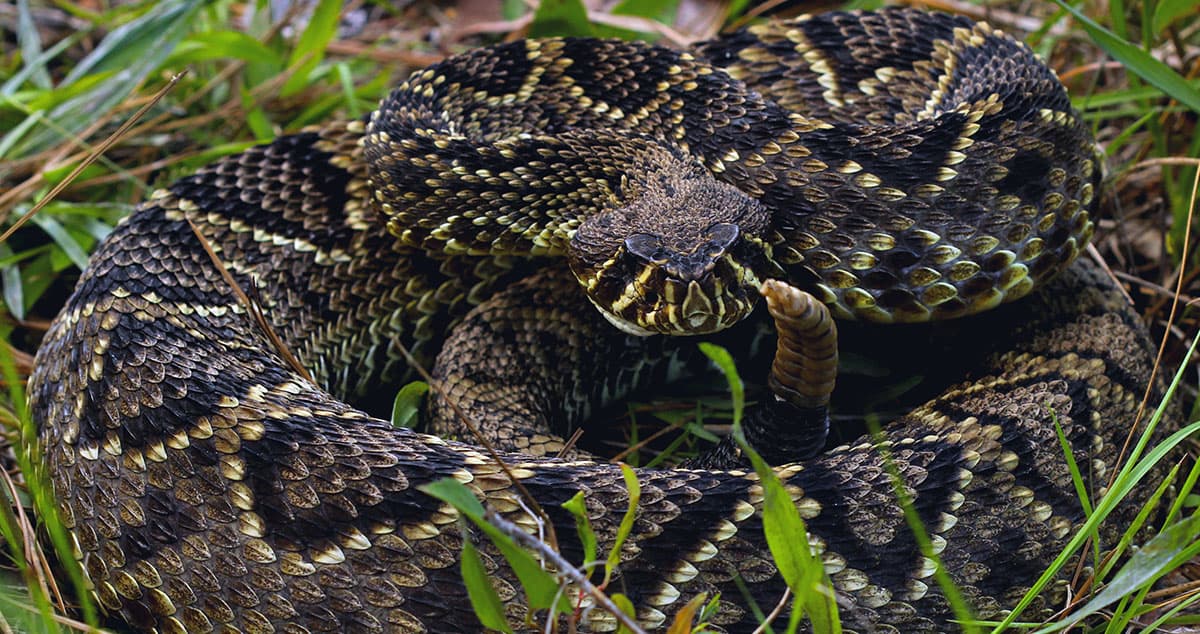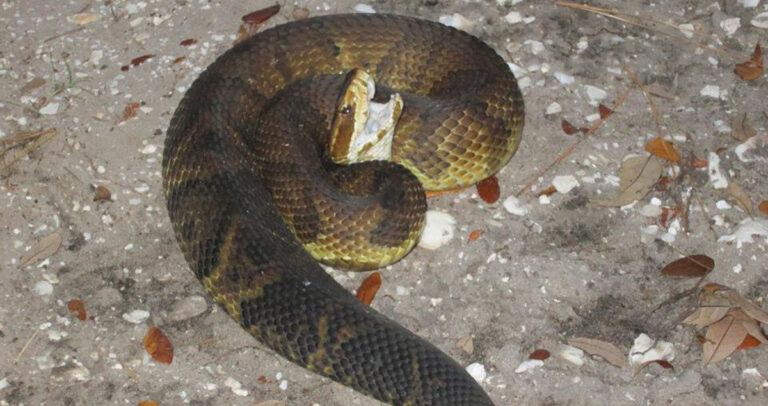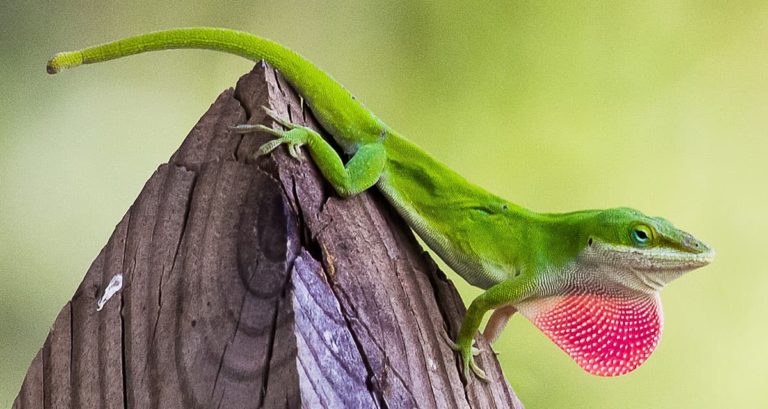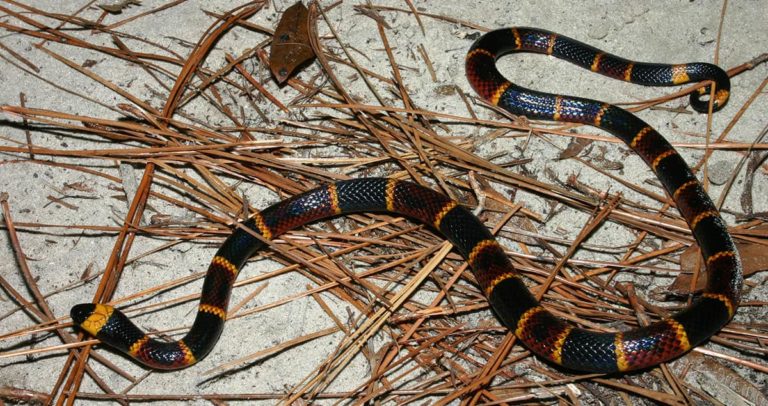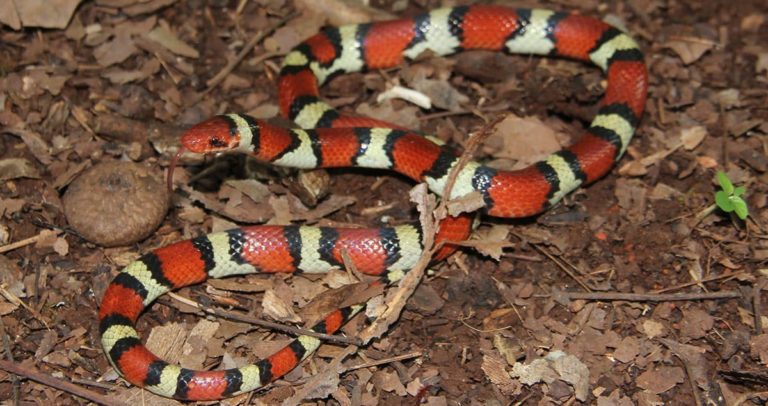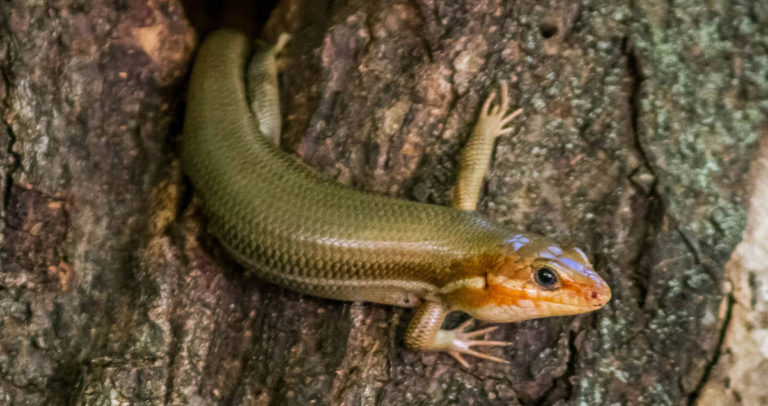A Guide to Eastern Diamondback Rattlesnakes in Georgia
The Eastern Diamondback Rattlesnake (Crotalus adamanteus) is a venomous pit viper native to the southeastern United States, including Georgia. Recognized for its intimidating size and distinctive rattling sound, the Eastern Diamondback plays a vital role in the local ecosystem. In this article, we will discuss the habitat, appearance, behavior, and conservation of this iconic species, as well as safety precautions to follow in areas where they may be present.
Habitat and Distribution
Eastern Diamondback Rattlesnakes inhabit a variety of habitats, such as pine flatwoods, coastal scrublands, hardwood hammocks, and mixed forests. In Georgia, eastern diamondbacks are found south of the Fall Line, in the Coastal Plain. These large, venomous snakes often take refuge in burrows abandoned by other animals, such as gopher tortoise burrows, or seek shelter under logs and brush piles.
Appearance and Identification
Size and Coloration
Eastern Diamondbacks are the largest rattlesnake species in North America, with adults typically ranging from 3 to 6 feet in length, although some individuals can reach up to 8 feet. They are characterized by their thick, heavy bodies and a distinct pattern of diamond-shaped markings along their back, which are usually dark brown or black and edged with white or cream color. The background color of their scales varies from light brown to gray.
Rattle
One of the most recognizable features of the Eastern Diamondback Rattlesnake is its rattle. Located at the end of the tail, the rattle is composed of keratin segments that interlock, creating a unique sound when vibrated. Each time the snake sheds its skin, a new segment is added to the rattle. However, the number of segments does not accurately reflect the snake’s age, as segments can break off over time.
Heat-Sensing Pits
As a pit viper, the Eastern Diamondback has specialized heat-sensing pits located between its eyes and nostrils. These pits allow the snake to detect the infrared heat emitted by its warm-blooded prey, making them effective nocturnal hunters.
Behavior and Ecology
Diet
Eastern Diamondback Rattlesnakes primarily feed on small mammals, such as rats, rabbits, and squirrels, as well as birds. They are ambush predators, lying in wait for their prey to pass by before striking with incredible speed and injecting their venom.
Reproduction
Eastern Diamondbacks are ovoviviparous, which means that females give birth to live young rather than laying eggs. Mating usually occurs in the spring and fall, and after a gestation period of approximately six months, females give birth to 6-21 young, which are born fully developed and ready to fend for themselves.
Hibernation
In the cooler months, Eastern Diamondback Rattlesnakes may enter a state of brumation, which is a period of decreased activity and metabolic processes. They may seek shelter in burrows or under logs and rocks during this time, often sharing the space with other snakes, including other rattlesnake species.
Conservation and Human Interaction
Threats and Conservation Status
Habitat loss and fragmentation, road mortality, and intentional killing by humans are the primary threats facing Eastern Diamondback Rattlesnakes. In Georgia, they are classified as a protected species, making it illegal to kill or harm them without proper permits.
Snakebite and Safety
Eastern Diamondback Rattlesnakes are venomous and should be treated with respect and caution. Their venom is hemotoxic, causing tissue damage and severe pain if bitten. If you encounter an Eastern Diamondback, give it plenty of space and avoid handling or disturbing it. Most snakebites occur when people attempt to catch or kill the snake, so it is essential to leave them alone.
First Aid and Treatment
If bitten by an Eastern Diamondback Rattlesnake, seek immediate medical attention. Do not attempt to suck out the venom, apply ice or a tourniquet, or cut the bite area. These actions can worsen the situation and increase tissue damage. Instead, keep the affected limb immobilized, remove any tight clothing or jewelry near the bite, and try to remain calm to slow the spread of venom. Contact emergency services and get to the nearest hospital for proper treatment.
How to Avoid Encounters
Be Aware of Your Surroundings
When exploring areas where Eastern Diamondback Rattlesnakes may be present, stay alert and pay attention to your surroundings. Watch where you step and avoid reaching into crevices, under rocks, or in piles of leaves where snakes might be hiding.
Make Noise
Snakes, including the Eastern Diamondback, are more likely to flee than to confront humans. By making noise as you walk through their habitat, you give them ample warning of your approach, allowing them to move away and avoid an encounter.
Proper Attire and Gear
Wear sturdy shoes and long pants when exploring snake-prone areas. This will provide some protection against snakebites and make it less likely for a snake to mistake your foot or leg for prey.
Final Thoughts
The Eastern Diamondback Rattlesnake is an iconic and important part of Georgia’s wildlife. By understanding their habitat, behavior, and the precautions needed when sharing their environment, we can appreciate and coexist with these fascinating creatures. Remember to treat them with respect and never approach or handle a rattlesnake, ensuring both your safety and theirs.
*Featured image by Peter Paplanus, Creative Commons Attribution 2.0

